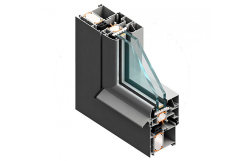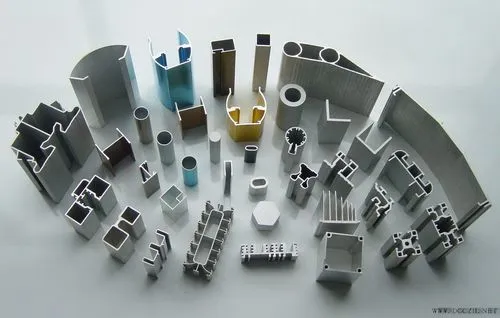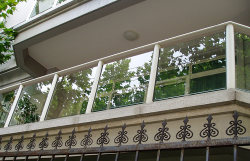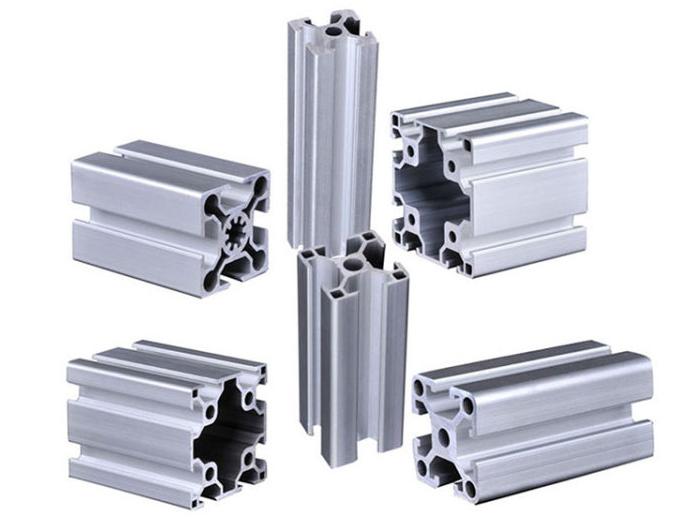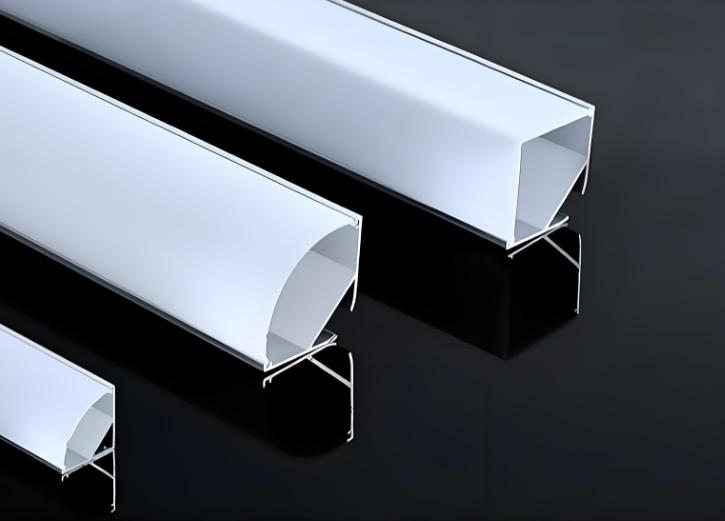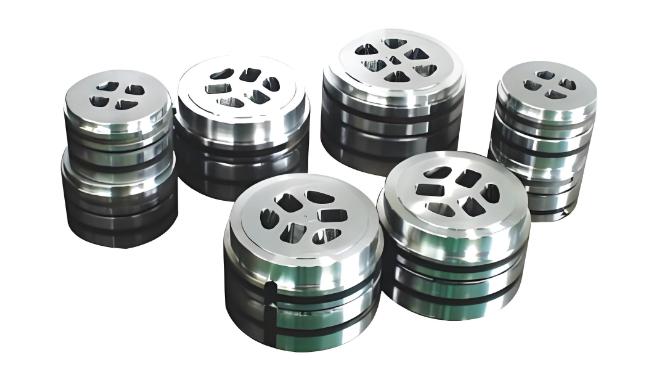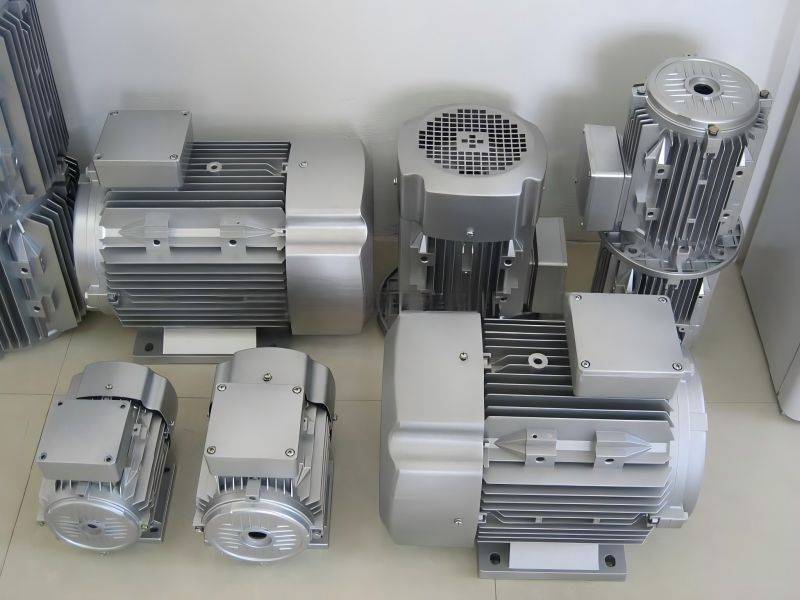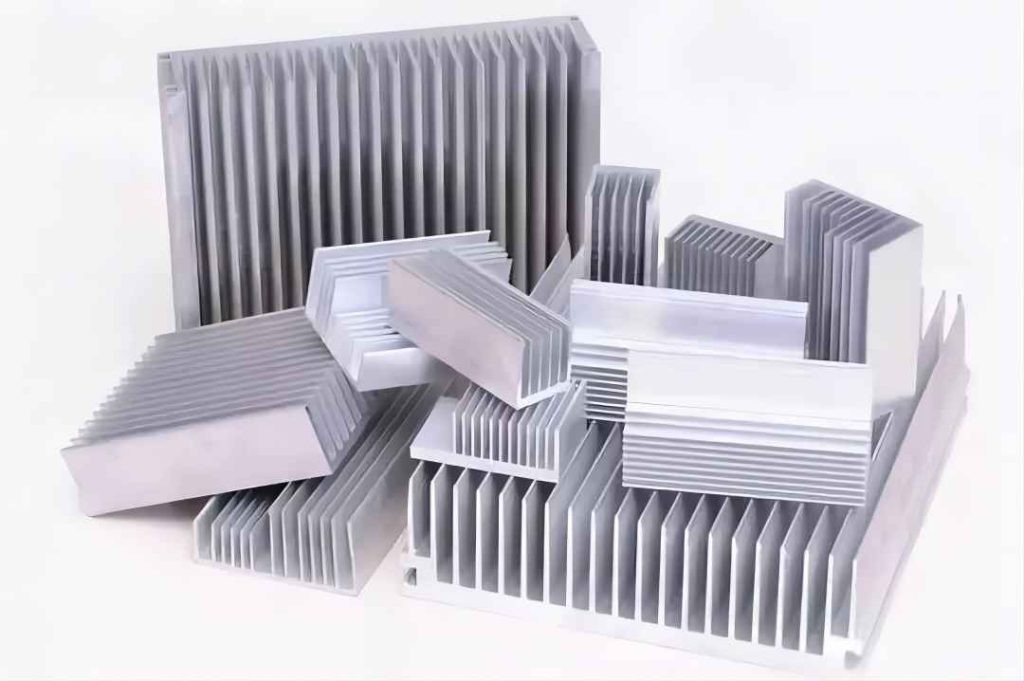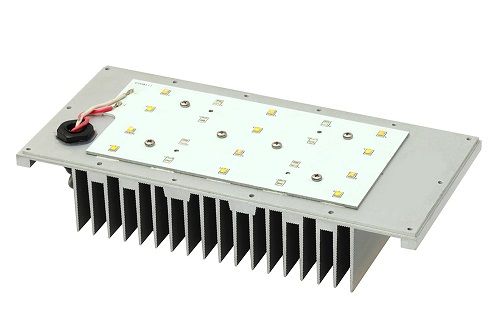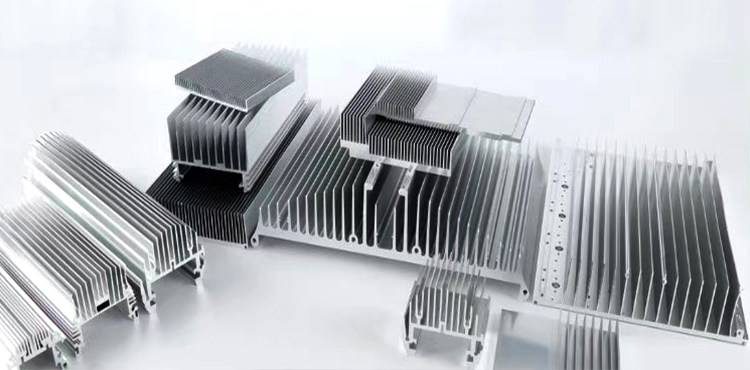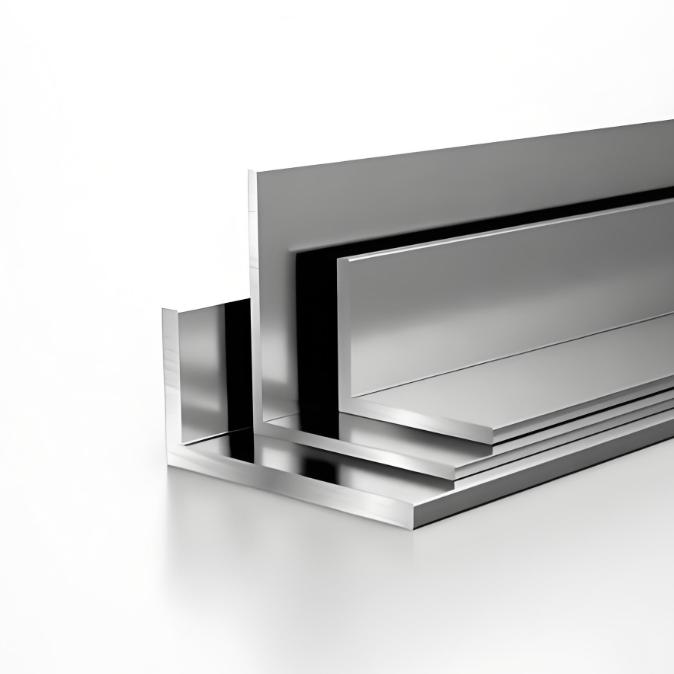Aluminum and aluminum alloy profiles are widely used in construction, transportation, electronics, aerospace, and other sectors.

In recent years, due to the demand for miniaturization and weight reduction of automobile air-conditioning equipment, the proportion of aluminum extrusion products, such as tubes for heat exchangers and hollow profiles, has rapidly increased.
According to information, aluminum and aluminum alloy products account for more than 70% of extrusion products. The development of aluminum alloy extrusion technology has also led to modern extrusion technology.
Aluminum profiles have good elasticity and plasticity and are widely used in various fields. So what are the processing processes of aluminum profiles? Generally speaking, the standard procedures of aluminum profile processing are ingot casting, extrusion, heat treatment, and surface treatment. So what are the characteristics of these processing methods?
Aluminum extrusion is a processing method in which aluminum alloy is placed in an extrusion cylinder. A certain pressure is applied to make it flow from a specific die hole, thereby obtaining the required cross-sectional shape and size.
This extrusion processing method has low cost, high efficiency, and simple operation. It occupies a considerable proportion of the modern industrial production system, making aluminum profiles a crucial primary material in the national economy. When extruding aluminum profiles, the following process flow should be followed. conduct:
Process flow chart of mold processing
Turning → Scribing → Milling → Drilling → Grinding → Quenching → Tempering → Surface Grinding → Fine Milling Diversion Channel → Wire Cutting → EDM → Polishing → Clamp Repair → Acceptance → Mold Test → Nitriding → Warehousing.
Combination molds (structural profiles with closed cavities)


Die pad
Turning → Scribing → Milling → Drilling → Grinding → Quenching → Tempering → Surface Grinding → Acceptance → Warehousing
Die set
Turning → Scribing → Milling → Drilling → Grinding → Quenching → Tempering → Surface Grinding → Finishing → Acceptance → Warehousing
Typical uses of various grades of alloys
① 6060, 6063, 6063A, 6463, and 6463A are often used to produce building profiles, of which 6463A alloy is specially used for creating polished profiles. 6063A alloy is often used to make building profiles that require slightly higher strength than 6063 alloys, such as curtain wall-type profiles.
② 6061, 6082, 6106, 6005, 6005A, 6351 alloys are widely used in large structural parts that require good corrosion resistance, such as refrigerated container floors, truck frame parts, ship superstructure parts, railway vehicle structural parts, and other mechanical structures pieces.
③ 6101 and 6101B alloys are used in the production of aluminum alloy profiles for subway conduction.
④ Alloy 6563 is mainly used in the production of cutting radiator profiles.
⑤ 2024, 5A02, 7005, 7020, and 7075 are high-strength alloys primarily used in spacecraft, mechanical equipment, etc.
Casting process flow chart
Batching → Furnace charging → Melting → Stirring → Mixing alloy → Converter → Fine alloying → Aluminum liquid refining → Precision filtration → Casting → Homogenizing → Sawing

The difference between natural aging and artificial aging
Natural aging – the profile is aged at room temperature, and the aging time is over one month.
Artificial aging – the profile is aged and strengthened at a temperature higher than room temperature (such as 180 ℃).
Surface treatment: Surface treatment can enhance the profile’s appearance and prolong the aluminum profile’s service life. The surface treatment of the aluminum profile can also be colored, which can be obtained by the natural oxidation coloring method, electrolytic coloring method, and dipping coloring method.
Summary
The detailed explanation of the aluminum alloy extrusion die and extrusion production process lets us understand the die production process and ingot casting, extrusion, heat treatment, and surface treatment. These processes can achieve the expected effect to meet the needs of consumers and customers.

